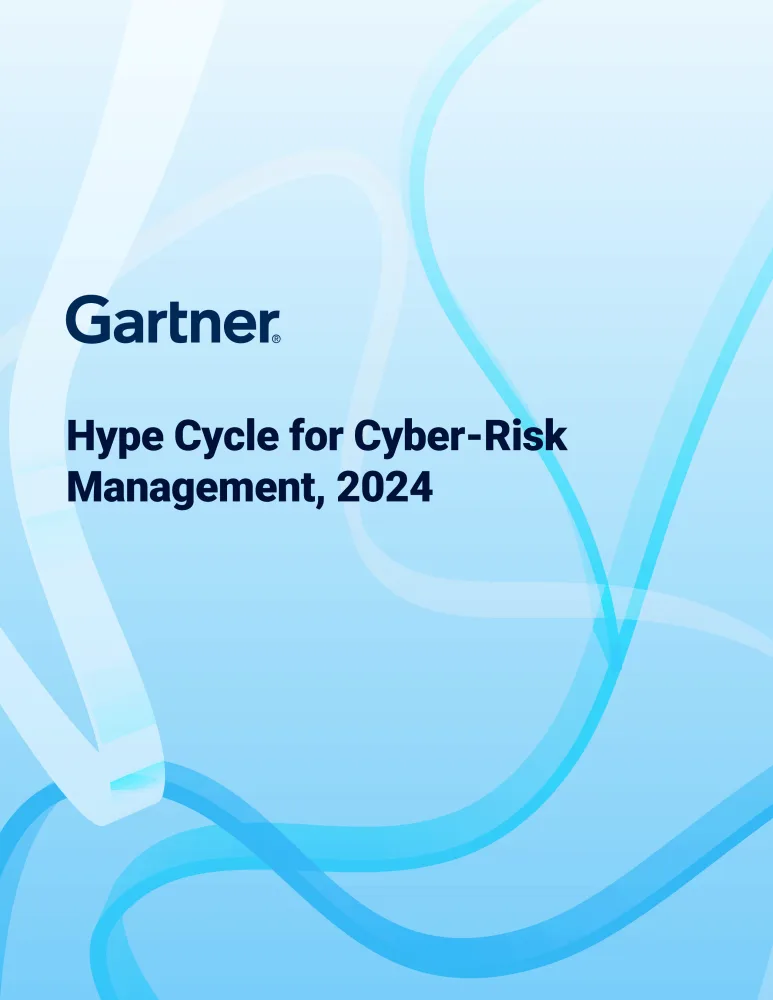Gartner® Hype Cycle for Cyber-Risk Management, 2024
Panaseer recognized as a sample vendor for Continuous Controls Monitoring in the latest Gartner Hype Cycle™
Read it today
Cyber-risk management has become an ever-growing focus area for board executives and regulators. To support security leaders in their efforts to effectively manage risk and compliance, Gartner has published its latest Hype Cycle™ for Cyber-Risk Management. The report outlines the value of adopting automated cyber-risk management solutions such as Continuous Controls Monitoring (CCM) and the newly recognized Continuous Threat Exposure Management (CTEM).
Panaseer’s CCM (and CTEM, by extension) solution relieves the pressure on security teams by providing continuous assurance of the effectiveness of existing controls, helping to streamline reporting and audits, so they can stay ahead of evolving regulations.
Discover more in the Gartner Hype Cycle™ for Cyber Risk Management 2024 – complete the form for access.
Let’s chat about how Panaseer reduces the burden of security controls management, enabling you to focus on higher-value tasks while reducing costs.
Gartner does not endorse any vendor, product or service depicted in its research publications and does not advise technology users to select only those vendors with the highest ratings or other designation. Gartner research publications consist of the opinions of Gartner’s research organization and should not be construed as statements of fact. Gartner disclaims all warranties, expressed or implied, with respect to this research, including any warranties of merchantability or fitness for a particular purpose.
GARTNER is a registered trademark and service mark of Gartner and Hype Cycle are a registered trademark of Gartner, Inc. and/or its affiliates in the U.S. and internationally and are used herein with permission. All rights reserved.